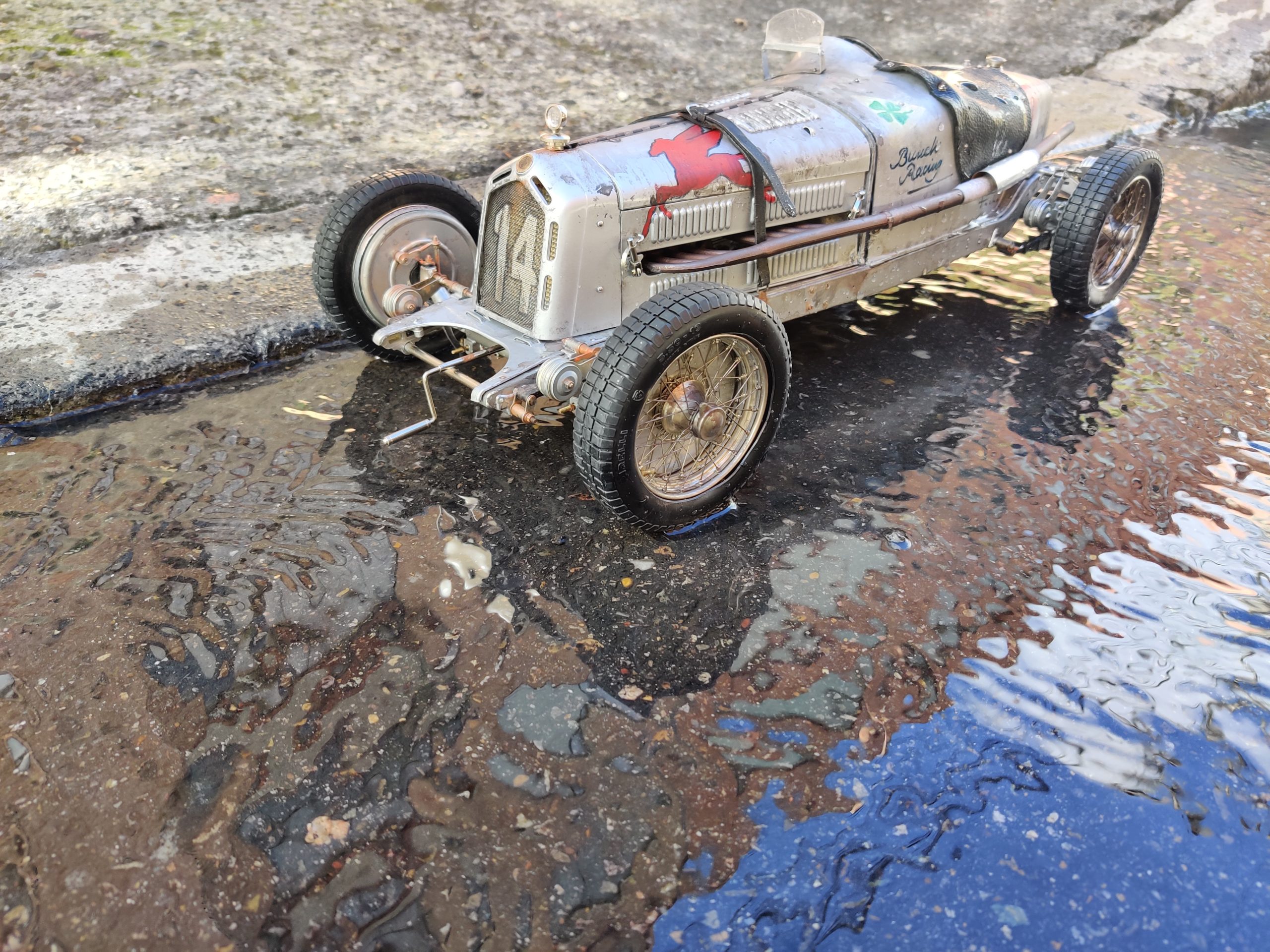Alexander Faccini's
Alfa Romeo 8c 2300 Spider and Alfa Romeo 8c 2300 Corsa
The 8c2300 Alfa Romeo is at the top of most auto enthusiasts' list of iconic automobiles. By the time the car was introduced in 1931, Alfa Romeo was well established as a major force in Grand Prix and sports car racing, and the immediate predecessor to the 8c, the venerable 6c 1750 (six cylinder, 1750cc), had run up an impressive list of wins and records. The world of motorsport waited breathlessly for the successor to the popular 6c 1750, and their standards were high. Bugatti, Maserati, Delahaye, Mercedes-Benz and a host of other smaller manufacturers had raised the bar with more horsepower, more handling, and plenty of talented drivers. If Alfa was to maintain its ability to draw top drivers, the new 8c 2300 would have to be excellent. And it was. By the end of its career, 8c 2300's had won more races than any other car of its type. The list of the racing successes in Angela Cherrett's seminal Alfa Romeo: Modello 8c 2300 is ten pages long. It is no wonder that so many models in so many scales have been produced of this legendary range of cars.
Popularity and significance and heroic drivers are enough to guarantee that model collections all over the world include at least one Alfa Romeo 8c 2300, and in many cases that model is the giant Pocher version. If you take on the Pocher Monza or the Spider you are in good company. The challenge, then, becomes how to make yet another Pocher Alfa stand out from all the rest.
Alexander Faccini of Colombia answered the challenge in a remarkable way. Instead of changing the color schemes or aiming at specific historic examples, he chose to incorporate three unusual solutions: patina, accessories, and background.
As if to flaunt his creativity, he chose to duplicate the color scheme of his Spider exactly as it appears on the Pocher box top, and to that he added masterfully aged and weathered leather interior, leather straps, and fitted leather cases for the running boards. With these deft touches, the model is lifted from the familiar to the exceptional. The decision to photograph the model outside on rain-soaked tarmac is inspired. The reflections are wonderful, the raindrops convincing, and the bright red radiator grill sparkles in the dreary setting.
Sr. Faccini's Alfa Romeo Corsa seems to have joined his Spider on the same wet pavement. No leather custom-fitted cases here. Instead the cockpit is partially covered in a leather tonneau and the bodywork reflects a long, hard race on wet roads. The rust on the tail pipe is a perfect foil for the silver finish of the gas tank; the faded and scuffed Mille Miglia logo and racing number set the scene perfectly. The bedraggled hood strap and scruffy red Pegasus call to mind the races that made this car so famous. The weathering of the body would be convincing on the shelf of a library, but sitting on the wet pavement of this rainy day, the effect is magical.
Sr. Faccini has reminded us of three lessons: careful observation is always the key to a successful model; artfully applied patina can lift a familiar model subject into a captivating display; and carefully staged photographs can be taken in all sorts of conditions.















You must be logged in to post a comment.